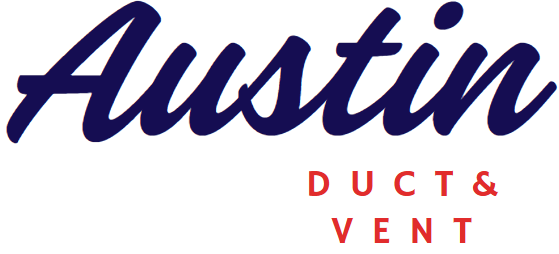
Building Code for Dryer Exhaust
SECTION M1502 - CLOTHES DRYER EXHAUST *Annotated*
General info
M1502.2 Dryer exhaust systems shall be independent of all other systems and shall convey the moisture to the outdoors. Water vapor condensation can cause structural damage, deterioration of building materials and contribute to the growth of mold and fungus. Clothes dryer exhausts that discharge to enclosed spaces will also cause an accumulation of combustible lint and debris, creating a significant fire hazard.
Termination
M1502.3 Exhaust ducts shall terminate not less than 3 feet (914 mm) in any direction from openings into buildings to minimize the possibility of drawing the dryer exhaust into the house. Exhaust duct terminations shall be equipped with a backdraft damper to avoid outdoor air infiltration during periods when the dryer is not operating and to prevent the entry of animals. Screens shall not be installed at the duct termination. Full opening terminals present less resistance to flow and might be mandated by the dryer manufacturer. Some dryer exhaust terminals are manufactured with a "basket" type of animal screen and the code makes no exception for such screens. Clothes fibers have the ability to coalesce and clog any screen.
Material and size
M1502.4 Exhaust ducts shall have a smooth interior finish and be constructed of metal having a minimum thickness of 0.0157 inches (0.3950mm) (No. 28 gage). The duct shall be 4 inches (102 mm) nominal in diameter. This section requires that the diameter of the exhaust duct be 4 inches (102 mm), no larger and no smaller. For example, increasing the duct size from 4 inches to 5 inches (102 mm to 127 mm) will result in a reduction of duct velocity of approximately 37 percent for the typical dryer. Plastic ducts, corrugated ducts and flexible ducts are all prohibited with the exception of transition ducts in accordance with Section M1502.4.3.
M1502.4. Exhaust ducts shall be supported at intervals not to exceed 12 feet (3658 mm) and shall be secured in place. Exhaust duct joints shall be sealed in accordance with Section M1601.4.1 and shall be mechanically fastened. Ducts shall not be joined with screws or similar fasteners that protrude more than 1/8 inch (3.2 mm) into the inside of the duct.
Transition ducts
M1502.4.3 Transition ducts shall be not greater than 8 feet (2438 mm) in length. Transition ducts shall not be concealed within construction.
Transition duct connectors cannot be joined to extend beyond the 8-foot (2438 mm) maximum length limit. Transition ducts are to be cut to length as needed to avoid excess duct and unnecessary bends.
Booster fans
M1502.4.4 Dryer exhaust duct power ventilators. Prior to the 2015 code, the designer's choices for exhaust duct length were: 1. To limit the duct length to 35 feet; 2. To follow the length limits in the clothes dryer manufacturer's instructions; or, if neither of those choices work, 3. To relocate the dryer.
Maximum length
M1502.4.5 The duct length, the number and angle of fittings and the smoothness of the duct interior all contribute to the total friction loss of the airflow. The maximum length of the exhaust duct shall be 35 feet (10 668 mm) from the connection to the transition duct from the dryer to the outlet terminal. Where fittings are used, the maximum length of the exhaust duct shall be reduced in accordance with Table M1502.4.5.1.
The maximum length of the exhaust duct does not include the transition duct. The maximum exhaust duct length of 35 feet (7620mm) is the requirement for domestic clothes dryers
Adjustable elbow calculation
4 inch radius mitered 45 degree elbow 2 feet 6 inches
4 inch radius mitered 90 degree elbow 5 feet
Wall placard requirement
M1502.4.6 Length identification. Where the exhaust duct equivalent length exceeds 35 feet (10 668 mm), the equivalent length of the exhaust duct shall be identified on a permanent label or tag. The label or tag shall be located within 6 feet (1829 mm) of the exhaust duct connection.
Top plate tie requirement
M1502.5 Protection required. Protective shield plates shall be placed where nails or screws from finish or other work are likely to penetrate the clothes dryer exhaust duct. Shield plates shall be placed on the finished face of framing members where there is less than 1 1/4 inches (32 mm) between the duct and the finished face of the framing member. Protective shield plates shall be constructed of steel, shall have a minimum thickness of 0.062-inch (1.6 mm) and shall extend not less than 2 inches (51 mm) above sole plates and below top plates. Protection from nail and screw penetration has been required for wiring, vent systems, plumbing piping, fuel piping, hydronic piping and refrigerant piping for some time in code and it is now required for dryer exhaust ducts.
